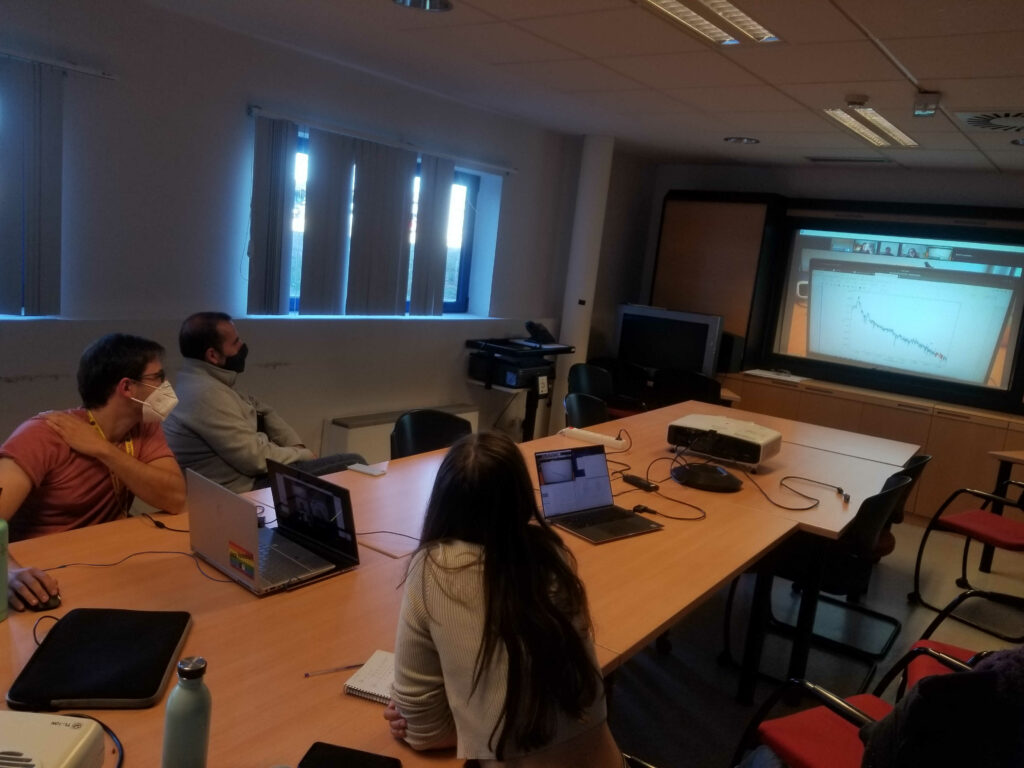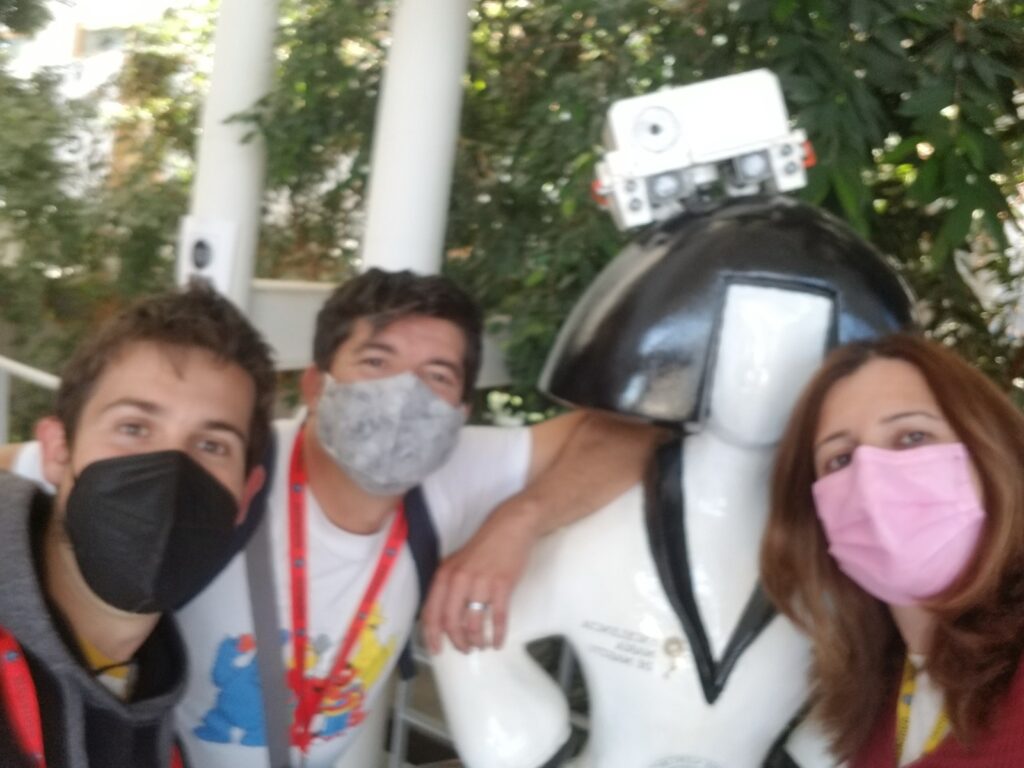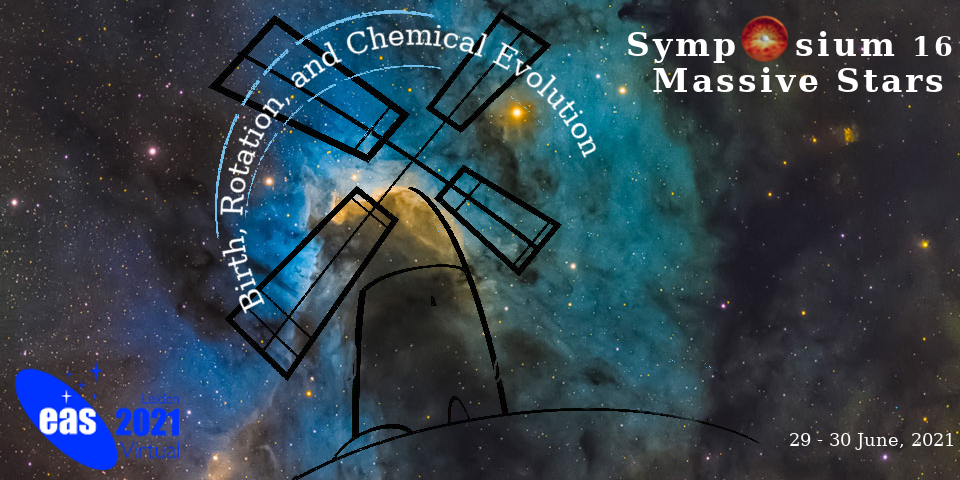
Aided by the latest, top-notch technologies, we are back at 100% office hours at CAB facilities. Regretfully we could not enforce social distance between laptops.
A multi-wavelength view of Massive Stars

Aided by the latest, top-notch technologies, we are back at 100% office hours at CAB facilities. Regretfully we could not enforce social distance between laptops.

Finally the first work-visit after the pandemic unleashed! Our friends from the Instituto de Astrofísica de Canarias, Sergio Simón Díaz and Abel de Burgos, visited CAB in June. We discussed recent advances of the IACOB database and tools, progress on metal-poor massive stars, machine learning applied to massive stars, shortcomings of the state-of-the-art codes FASTWIND and CMFGEN, and the possible expansions of the grid of FASTWIND models managed by the broad Spanish team of massive stars. Very productive days, and hopefully the first of many to come.



Miriam García and Artemio Herrero tell us about the role of metal-poor massive stars to interpret local and high redshift observations, intriguing open questions and prospect for the future. In Spanish!
https://www.sea-astronomia.es/sites/default/files/sea_boletin_verano2021.pdf

The 2021 annual meeting of the European Astronomical Society will host a two-day long symposium on massive stars. Experts around the globe will meet online to discuss massive star formation, evolution, and the different mechanisms that can alter surface abundances. Visit our website for more info! https://eas.unige.ch/EAS2021/session.jsp?id=S16

Miriam García explains the basics of organizing astronomical campaigns in two 1 hour long classes. The talks, delivered online due to the COVID19 pandemic, were part of the Academia María de Maeztu 2019-2020 program. They are available at the Youtube channel of the Center of Astrobiology.